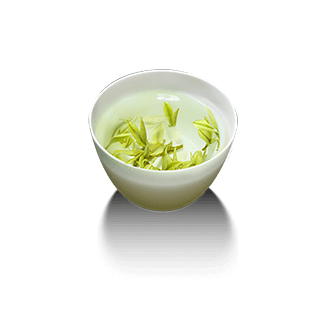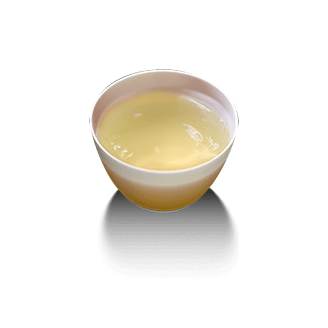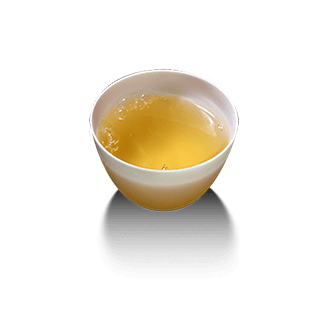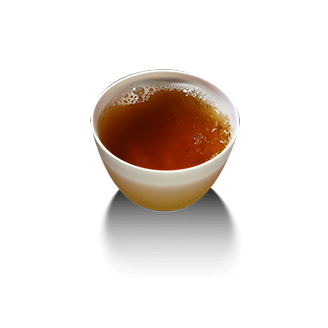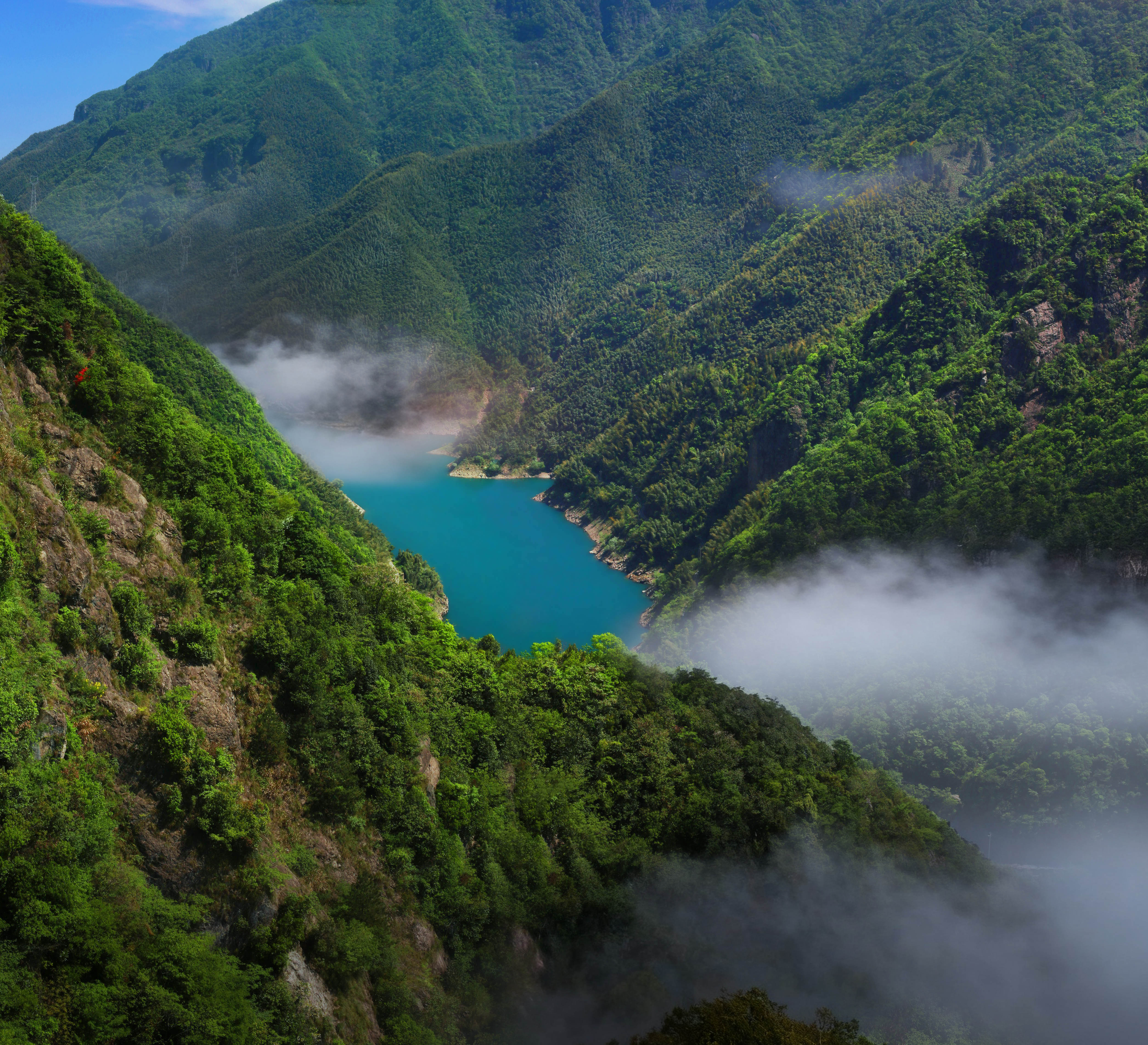

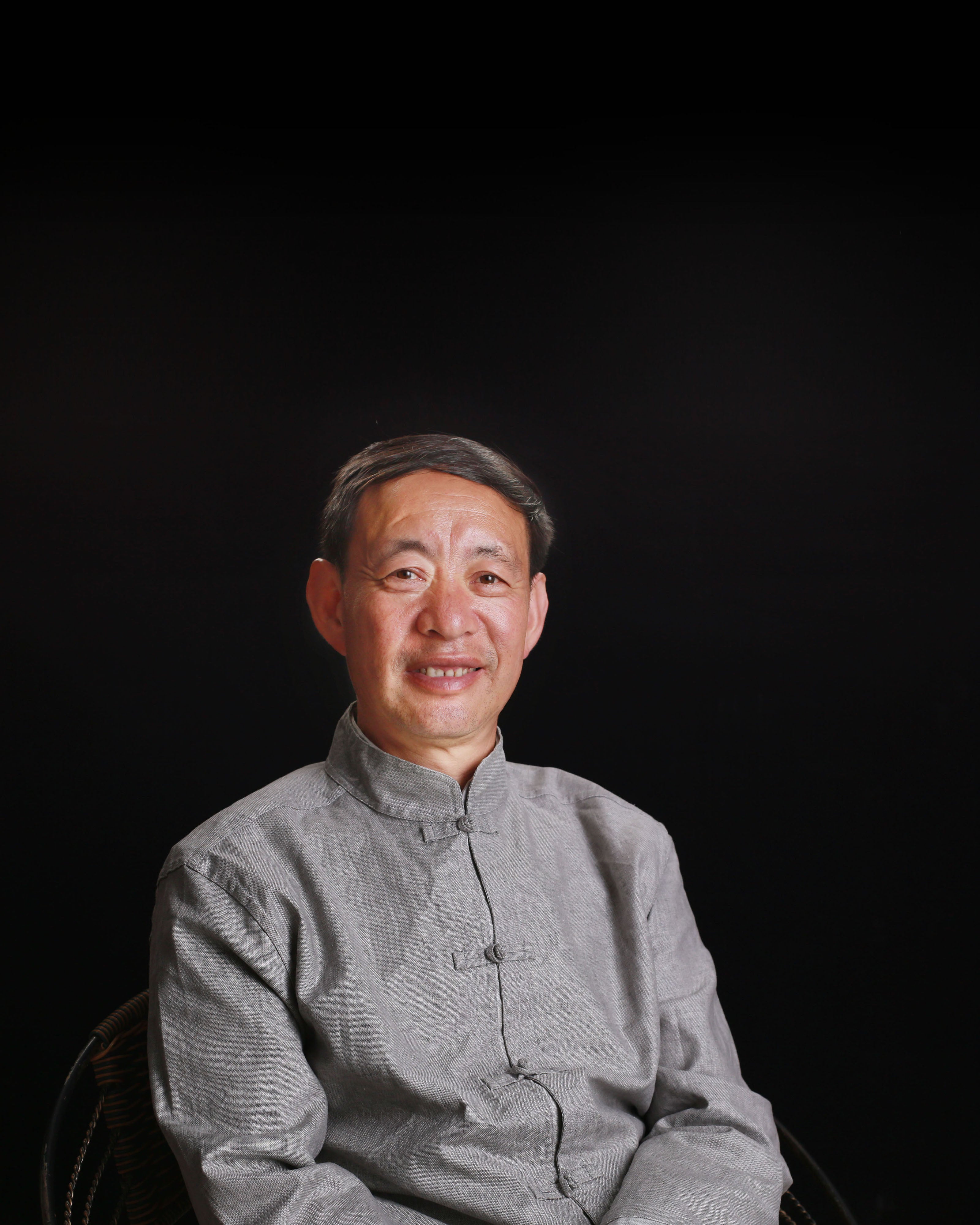
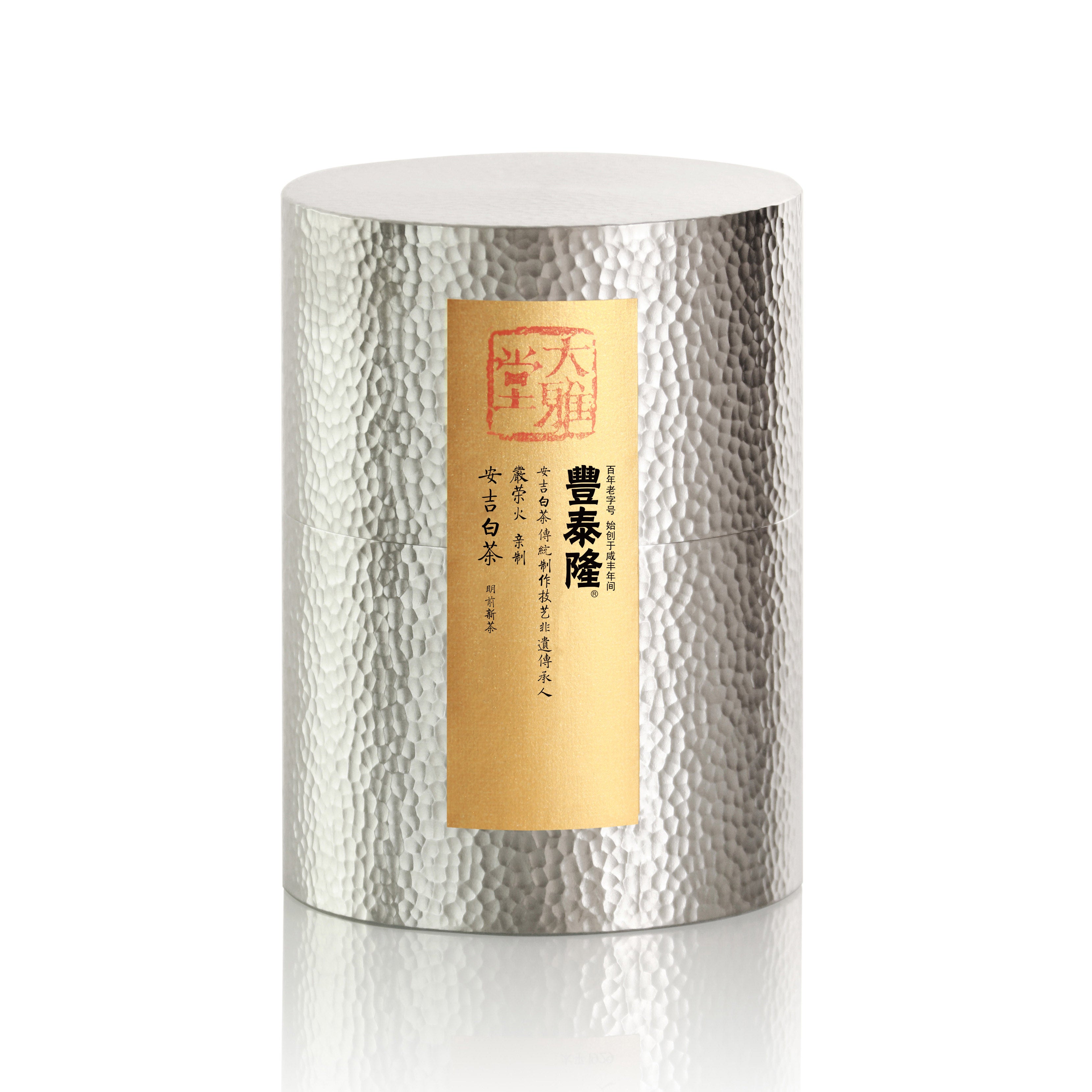
Anji White Tea





Anji White Tea
Clouds and mist hold the white charm , Millennium into the tea cup.

Mist and clouds hold the white charm;
A thousand years find their way into teacups
Mist and clouds hold the white charm;
A thousand years find their way into teacups
ICH Inheritor Yan Ronghuo Handcrafted of Anji White Tea
In Anji County, Zhejiang Province, China, the mountains are covered with lush bamboo, and the land is rich in auspicious tea. In the valley of Hengkengwu, Tianhuangping Town, Anji, at an altitude of 800 meters, lies a white tea that has been sought for thousands of years – Anji White Tea.
Although named white tea, it is actually a green tea. Its "white" origins date back thousands of years. Emperor Huizong of the Song Dynasty praised it in his "Treatise on Tea of the Daguan Era": "Its leaves are spread out and thin and translucent, growing by chance among the forest cliffs." For nine hundred years, this description has only been known by name, but the tea itself has never been seen, becoming a vague legend in the history of tea.
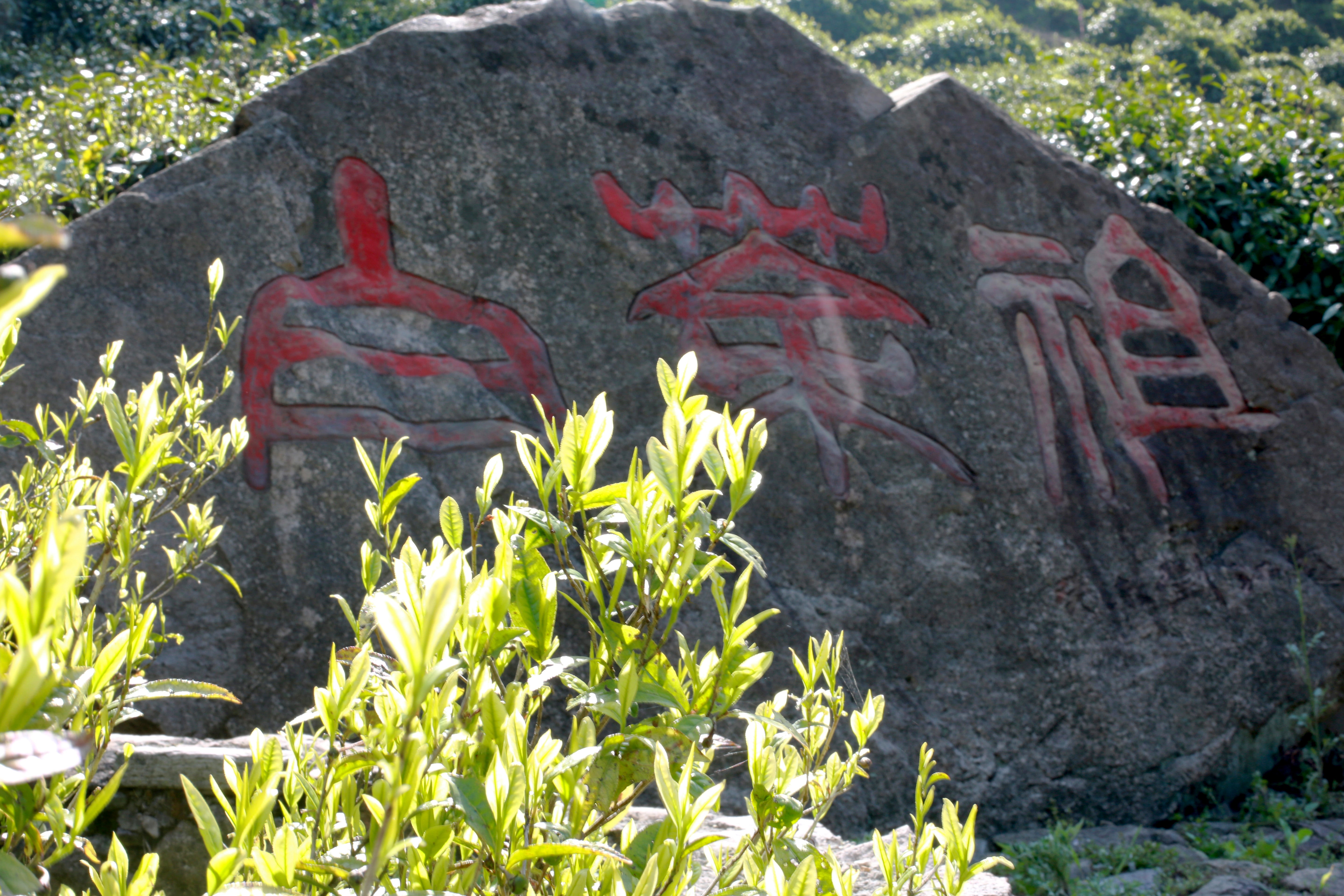
Three hundred years ago, the Gui family sought refuge in the deep mountains of Tianhuangping in Anji County, where they accidentally discovered an ancient tea tree with white leaves and green veins. This ancient tree, revered by later generations as the "Ancestor of White Tea," has jade-white tender leaves and emerald green main veins, rarely producing seeds, making it extremely rare. Thanks to the efforts of Anji experts Liu Yimin, Cheng Yagu, and Yan Ronghuo, the white tea tradition, lost for a thousand years, has finally reappeared. Deep in the valley, we visited the thirteenth generation descendant of the Gui family with Yan Ronghuo. That legendary Ancestor of White Tea had always grown in his family's courtyard, silently witnessing the passage of three hundred years.
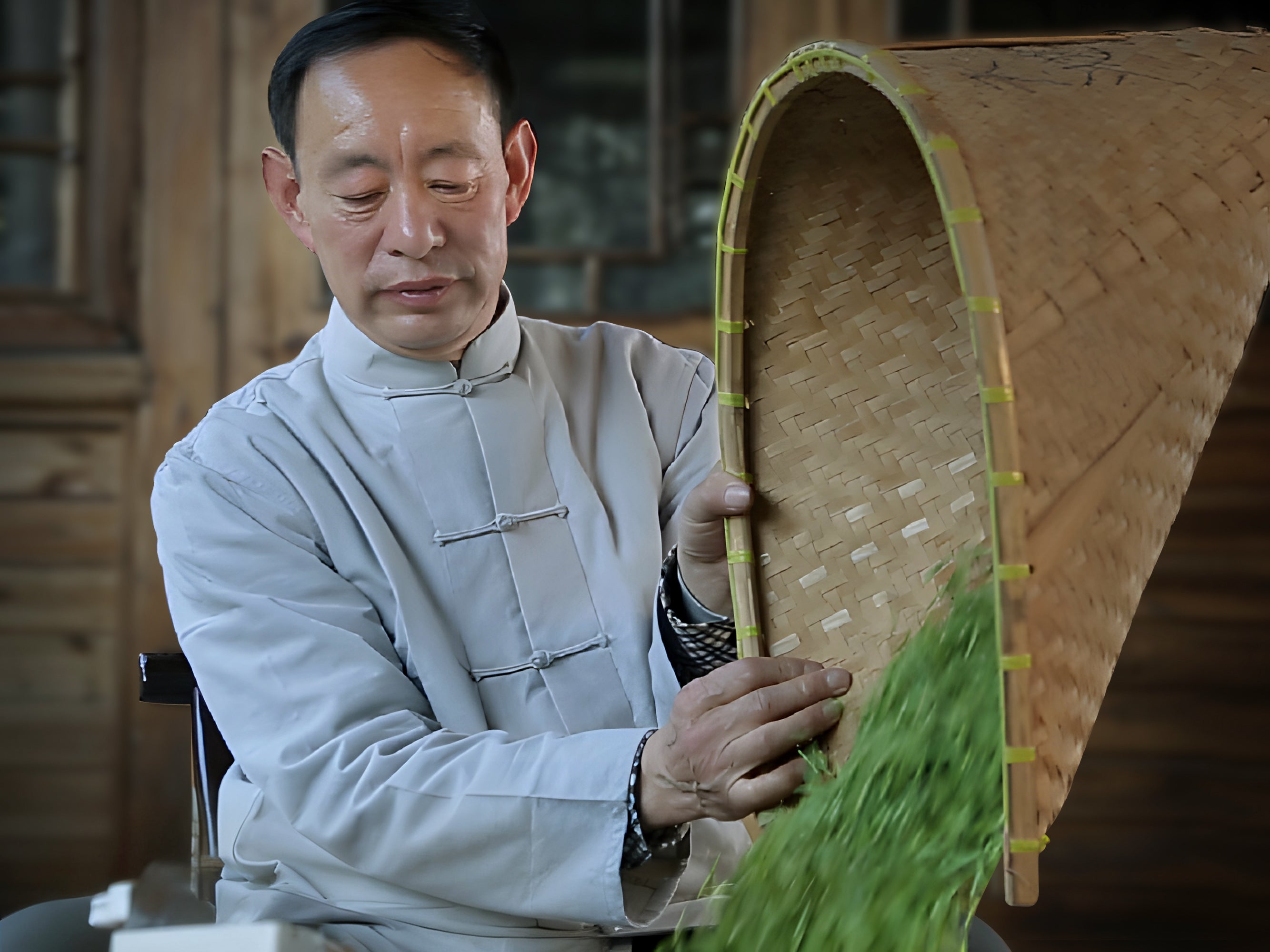
Here, the mountains are high and the valleys deep, shrouded in mist year-round, and the tea garden of Yan Ronghuo, a non-hereditary inheritor, is hidden among these clouds. At the Yan family platform, he recounts the history and origins of Anji white tea while processing it. Every year in late March, tea farmers begin a race against time—when the temperature is low, the tea buds appear pale yellow or white; as the temperature rises, the leaves turn green. They must seize every second to harvest these unique "whitened" buds and leaves.
Yan Ronghuo's handcrafted Anji white tea features jade-white buds and leaves with emerald green veins, and a fresh, mellow, and sweet taste. After brewing, the tea liquor is bright yellow and has a delicate aroma, perfectly matching Emperor Huizong of Song's praise: "Its appearance and texture are as clear as jade in its unpolished state, unparalleled in its beauty."
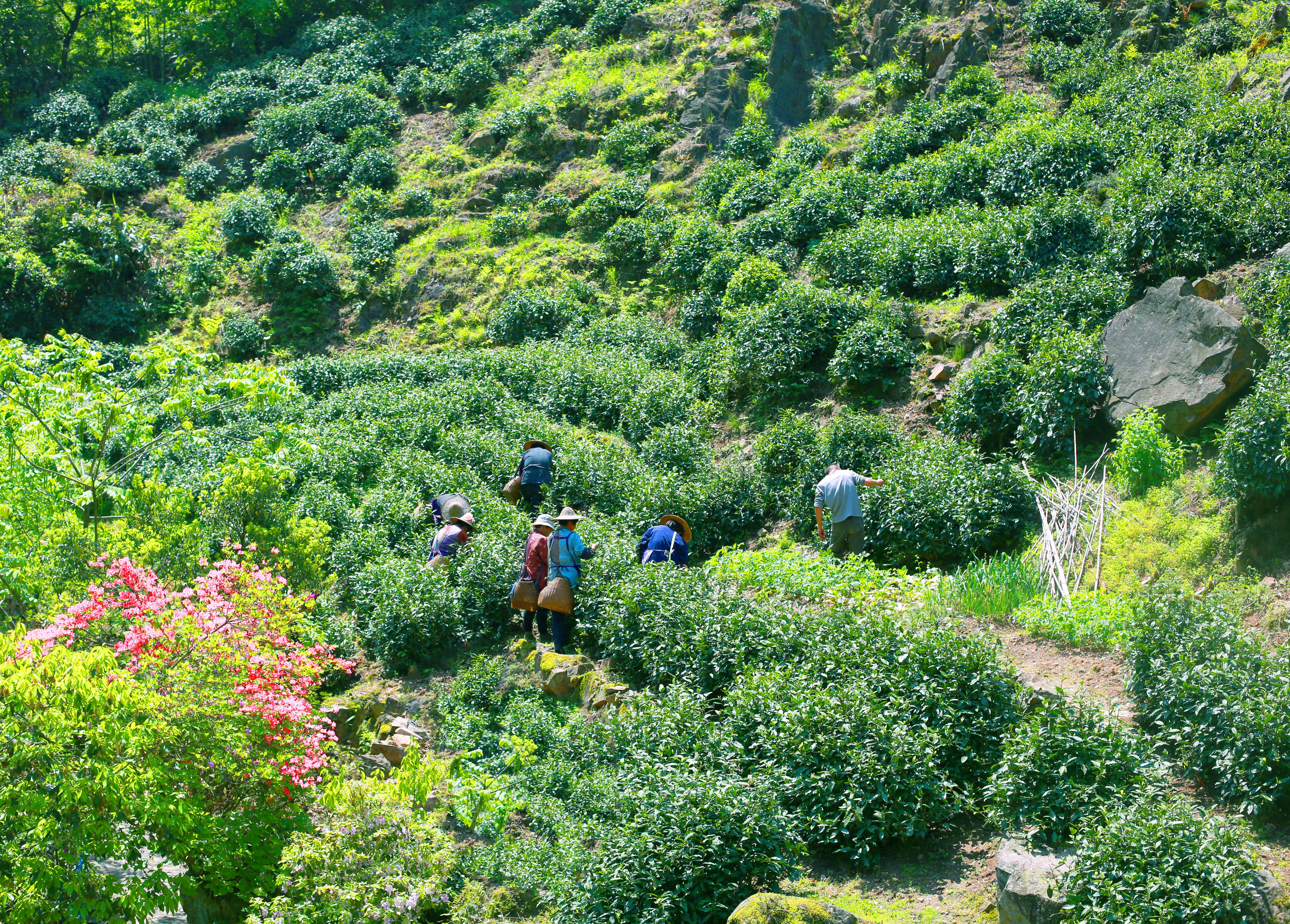
Besides the traditional Anji tea-making techniques, Yan Ronghuo can also produce curled Anji white tea and white Longjing tea. Sipping this bright, pale yellow tea, I savor the ancient stories of the valley—that white tea charm that has transcended a thousand years, finally finding new life in the hands of a contemporary tea master.
Anji White Tea
ICH Inheritor Yan Ronghuo Handcrafted
Appreciation
Vintage:First Flush 2025 (Note: Due to the cold climate of its authentic origin, Anji White Tea does not have Pre-Qingming Tea.)
Grade: Top Rare
Producer: Yan Ronghuo, inheritor and founder of Anji White Tea making technique, an intangible cultural heritage. Homemade
Origin: Tianhuangping Town, Anji County, Zhejiang Province (core production area, altitude 800 meters) Yan Ronghuo's Tea Garden.
Variety: Baiye No. 1 tea tree variety. This variety is a low-temperature sensitive variant. Only when the temperature is 18-23℃ in spring do the new shoots and leaves turn jade white with emerald green veins. After the temperature exceeds 23℃, the leaves gradually turn green again. This unique whitening phenomenon results in an amino acid content of 5%-10.6% in the tea leaves (2-3 times that of ordinary green tea), while the tea polyphenol content is only 10%-14%, forming a biochemical basis of "high amino acid and low polyphenol," which creates its core characteristics of "fresh and refreshing without astringency, and long-lasting sweetness."
Process:
- Harvesting standards: The optimal picking standard is when the bud and the first leaf are just unfolding. Harvesting takes place on sunny mornings, using a "hand-picking" method to ensure the buds and leaves remain intact.
- Key processes: spreading, blanching, shaping , drying : initial drying → cooling → re-drying, final moisture content ≤6.5%.
- Quality control involves thirteen processing and screening steps, for top-tier tea. Substandard tea leaves are removed to ensure every leaf meets the requirements of "uniform appearance, pure aroma and fresh taste".
Appreciation:
- Dry tea appearance : Phoenix-shaped tea should have straight, prominent buds that are strong and uniform , resembling phoenix feathers; Dragon-shaped tea should be flat, straight, smooth, and uniform , resembling orchids. Top-grade tea has a bud ratio of over 90%, with no broken leaves or stems, and sparse but glossy white down.
- Color : Jade white and emerald green interspersed, with even whitening and translucency, and the buds and leaves have the same color.
- Texture : Dry and brittle, can be crushed into powder by hand, moisture content ≤6.5%.
Color Observation:
Scent:
- Cool Aroma : When you smell the dry tea, you can smell the fresh aroma of downy hairs (similar to the aroma of fresh rice) and tender chestnuts. The aroma is pure and high-pitched, without any grassy or burnt smell.
- Hot Aroma : The aroma is rich and layered after brewing. The first infusion is dominated by a downy fragrance, the second infusion gradually reveals a hint of orchid , and the aroma turns sweet after the third infusion . The fragrance lingers in the bottom of the cup and remains delicate even after the tea has cooled.
Taste:
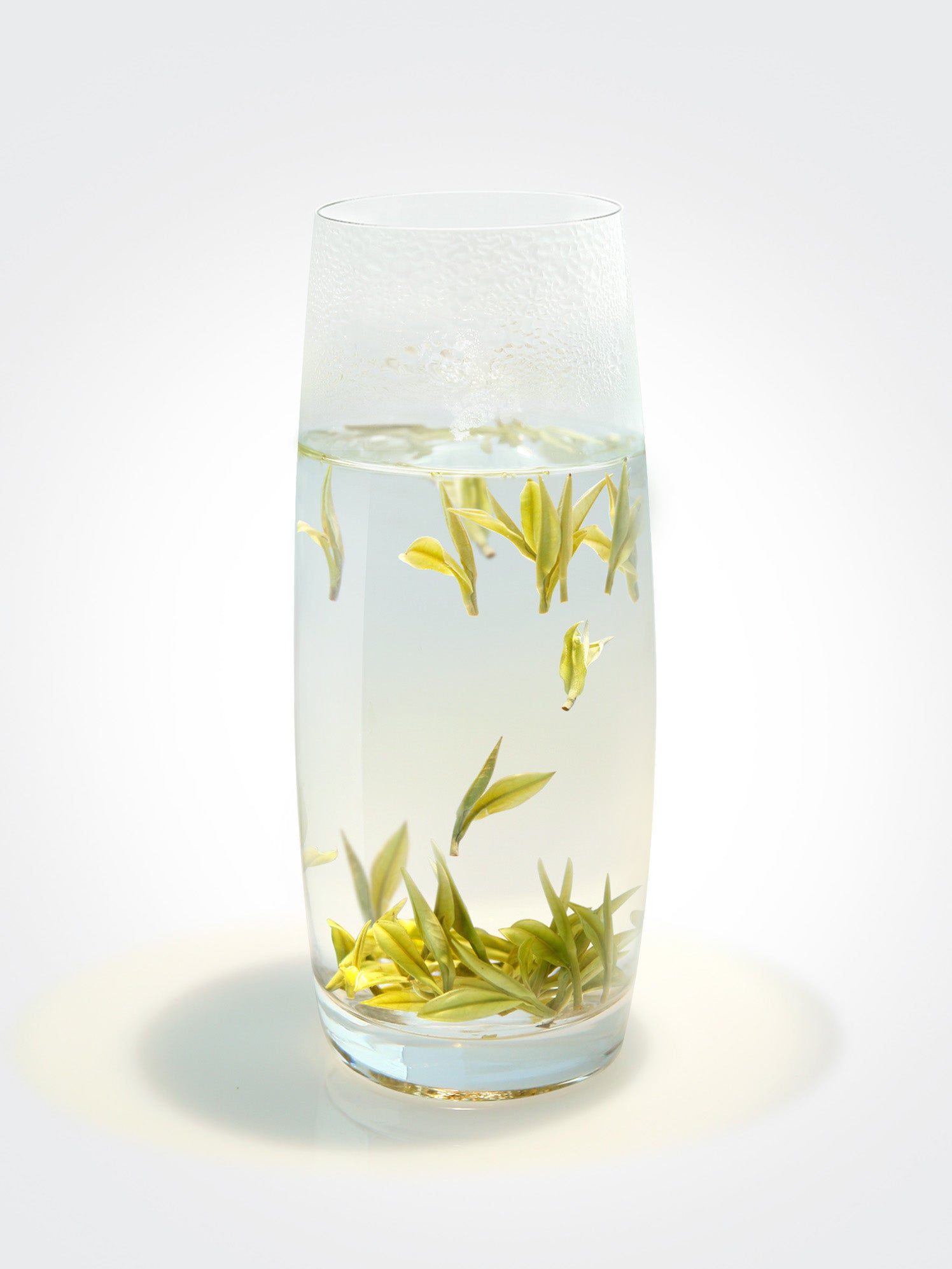
The leaves are white and soft, with distinct emerald green veins, and the edges of the buds and leaves are translucent.
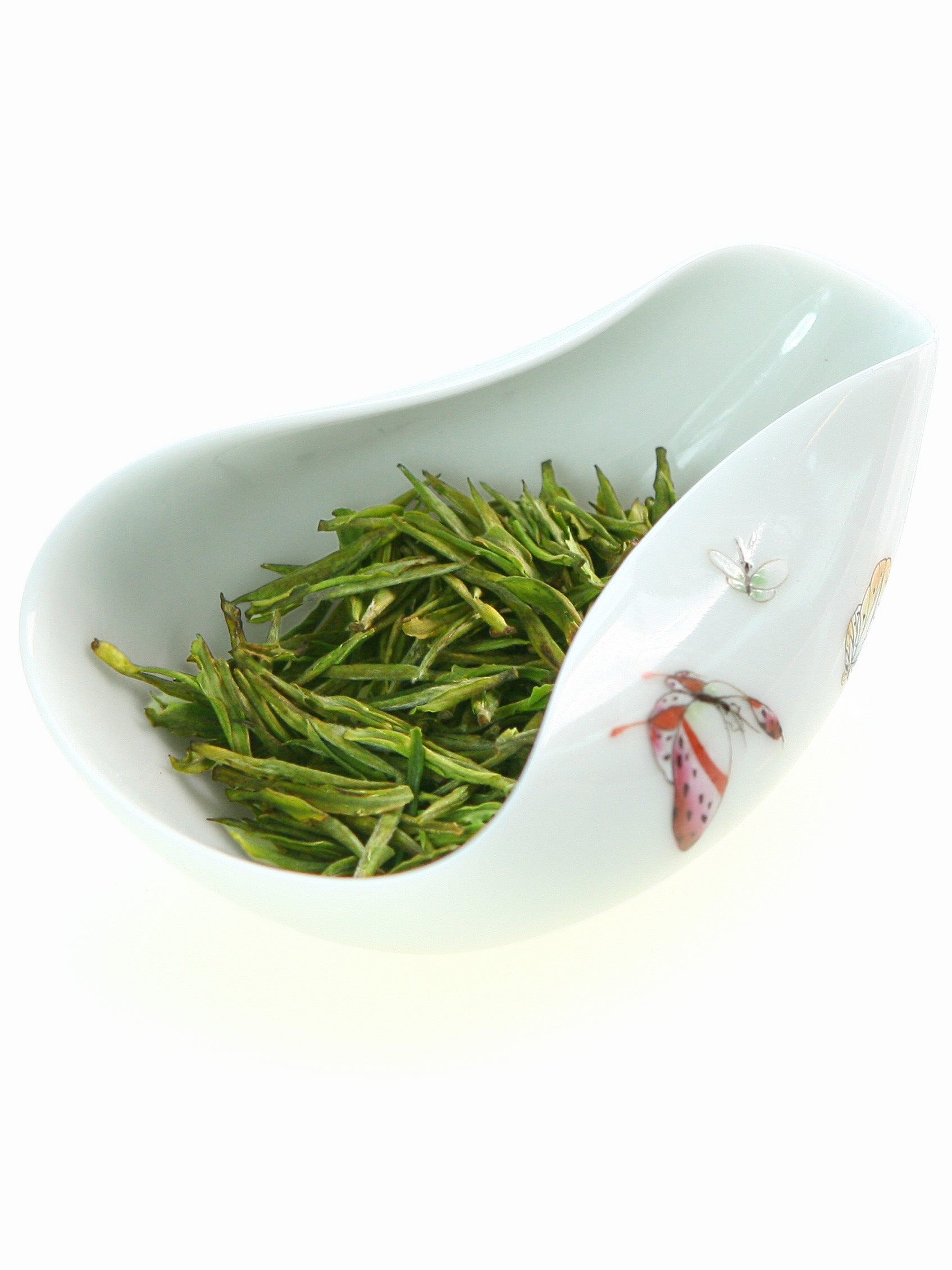
Straight tea leaves with buds, strong and uniform buds, resembling phoenix feathers; dragon-shaped tea leaves should be flat, straight, smooth, and uniform.
- “Amongst all herbs”:The line emphasizes tea’s modesty—unlike rare flowers that stand out, it grows naturally with ordinary herbs, reflecting the Chinese philosophy of “harmony with nature” (天人合一).
- “Communes with hermits”:“Hermits” (幽人) refer to scholars or recluses in ancient China who sought peace away from worldly chaos. Tea, with its quiet, pure nature, became their ideal companion—“communes” captures the unspoken connection between the hermit’s mind and the tea’s essence, beyond mere drinking.

喜随众草长,得与幽人言
Gladly it grows amongst all herbs,
And thus communes with hermits.

- “Amongst all herbs”:The line emphasizes tea’s modesty—unlike rare flowers that stand out, it grows naturally with ordinary herbs, reflecting the Chinese philosophy of “harmony with nature” (天人合一).
- “Communes with hermits”:“Hermits” (幽人) refer to scholars or recluses in ancient China who sought peace away from worldly chaos. Tea, with its quiet, pure nature, became their ideal companion—“communes” captures the unspoken connection between the hermit’s mind and the tea’s essence, beyond mere drinking.
洁性不可污,为饮涤尘烦
Gladly it grows amongst all herbs,
And thus communes with hermits.
Three Realms of Brewing in a Glass
Color Observation
The recommended amount is 3g to 5g,strength based on preference.
Pour 85℃ warm water along the glass cup wall with a steady, high swirl at a fixed point.
Watch the buds and leaves unfurl and float in the glass.
The tea liquor transitions from "pale yellowish green" in the first brew to "tender green" in the third,
Always clear and free of impurities
The leaves are as fresh as new branches in spring.
Aroma Appreciation
Sniff the glass rim lightly, —dominated by "fuzz fragrance (similar to the aroma of fresh paddy)"— and "orchid fragrance" gradually emerges from the second brew.
Taste Appreciation
Savor it when the temperature is palatable,
— Take small sips, letting the fresh tea swirl on your tongue.
It leaves a sweet aftertaste in the throat after drinking .
Brewing tips
1.Low-temperature brewing is key (85℃ is optimal)
Avoid Boiling water(100℃) for first brew causes 1st bitter, 2nd bland.
After the mouth is irritated, even if the subsequent water temperature is suitable, it will be difficult to perceive the tea flavor levels, and the true beauty will be missed.
Applicable Scope :
High-grade teas made from fresh and tender buds (such as top-grade Mengding Ganlu, Biluochun, and Fengtailong Black Tea) require a brewing temperature reduced to 70℃.West Lake Longjing and Anji White Tea should be brewed at 85℃.
The more delicate the buds, the lower the brewing temperature; coarser leaves can tolerate a slightly higher temperature.
2.Water quality is the easiest factor to overlook
Choose Qualified purified water; never use alkaline water.
(For commercially available mineral water brands, their water sources and quality indicators vary. So-called "high-quality mineral water and mountain spring water" may cause loss of functional components and inhibition of aroma in tea.)
Effect of Alkaline Water on Green Tea
Tea Liquor color:
When pH>8.0, chlorophyll and flavonoids are easy to oxidize, and the bright green color turns to dark yellow and turbid.
Taste:
It inhibits the dissolution of tea polyphenols and caffeine, impairs the fresh and brisk taste of amino acids. Additionally, calcium and magnesium ions cause the tea liquor to become turbid, significantly reducing its "richness and smoothness" and resulting in a rough mouthfeel.
Aroma:
Accelerate the degradation of volatile substances in clear-scented teas (such as jasmine tea), floral aroma dispersal, easy to generate water boring flavor.
Especially the fragrant tea (such as jasmine tea, Anji White Tea) floral aroma is easy to disperse.
- The line uses tea as a metaphor for purity: "pure nature" refers both to the tea's physical cleanliness (grown in untouched mountains) and its symbolic meaning of "noble character" (untainted by worldly greed).
- "Washes away worldly cares" reflects the Tang Dynasty literati's view of tea as a spiritual remedy—more than a drink, it clears the mind and frees one from trivial worries, aligning with Wei Yingwu's pursuit of simplicity and integrity.
洁性不可污
为饮涤尘烦
Its pure nature admits no defilement;
As a drink, it washes away worldly cares.
- The line uses tea as a metaphor for purity: "pure nature" refers both to the tea's physical cleanliness (grown in untouched mountains) and its symbolic meaning of "noble character" (untainted by worldly greed).
- "Washes away worldly cares" reflects the Tang Dynasty literati's view of tea as a spiritual remedy—more than a drink, it clears the mind and frees one from trivial worries, aligning with Wei Yingwu's pursuit of simplicity and integrity.
Its pure nature admits no defilement;
As a drink, it washes away worldly cares.
洁性不可污,为饮涤尘烦
Package
"Forged Through Thousands of Hammers" Handcrafted Pure Tin Can
Height: 15 cm | Diameter: 11 cm | Net Weight: 250 g
Crafted by Sheng Yiyuan, ICH Inheritor of Yongkang Tin Carving.
The can body is shaped through thousands of manual hammer strikes, boasting a delicate and warm texture. Each hammer mark—varying in depth—stands as a unique imprint, a vivid testament to the warmth of handcraftsmanship and the profound meaning of intangible cultural heritage ingenuity.
The interior is finely polished using precision numerical control (NC) technology, ensuring a smooth and burr-free surface. The lid and mouth, crafted with high-precision techniques, achieve an airtight seal. This fusion of handcrafted warmth and modern technical precision preserves ancient charm while guaranteeing practicality.

Height: 15 cm | Diameter: 11 cm | Net Weight: 250 g

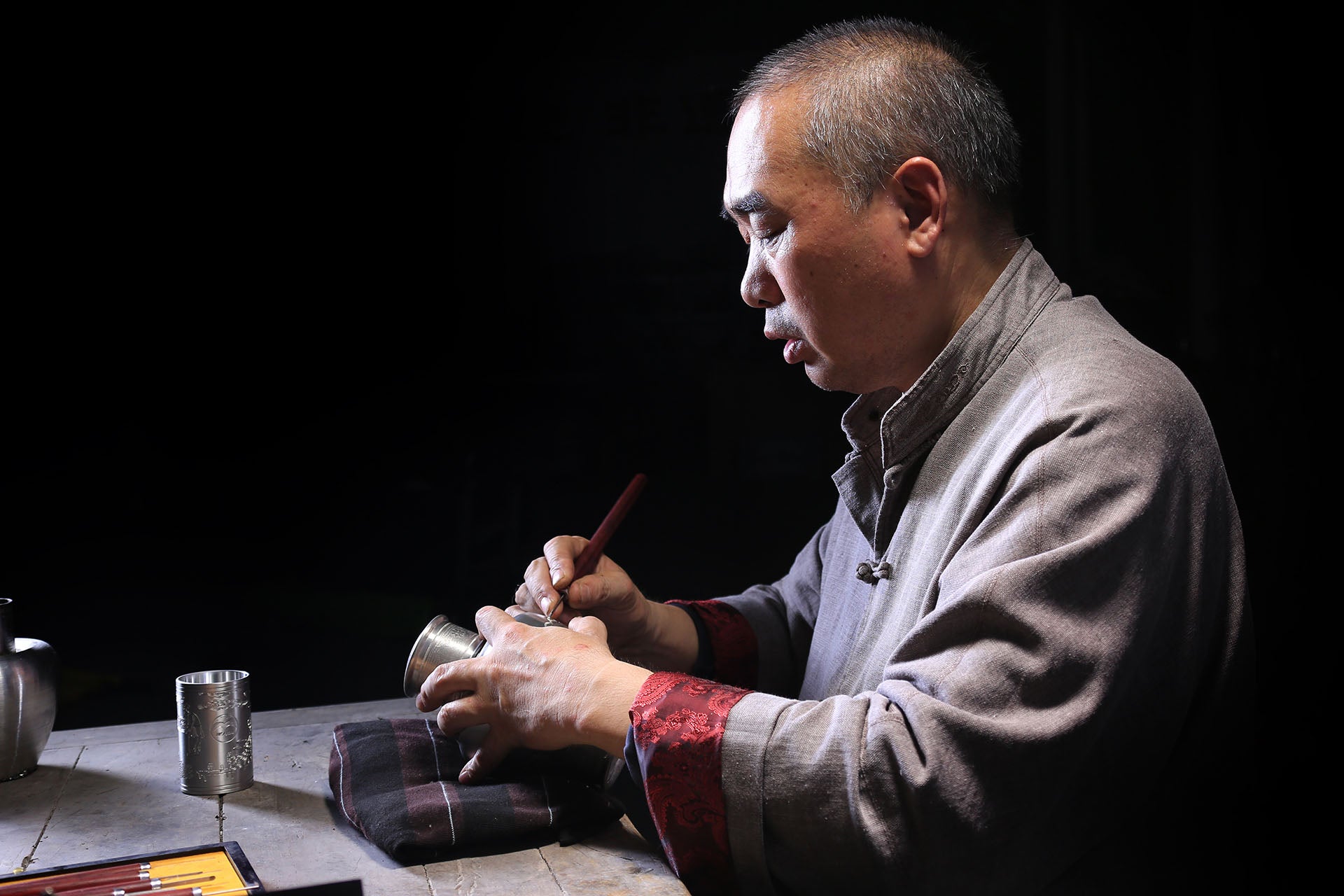
Sheng Yiyuan,ICH Inheritor of Yongkang Tin Carving
Green tea Storage

Freeze in airtight tea canisters at ≤-5℃
Do not mix with fresh food, keep away from light and moisture.
Note: Avoid opening the container frequently.
Each time you open the container, the tea comes into contact with air and moisture, accelerating the tea’s oxidation and spoilage.
Therefore, minimize the number of times you open the storage container.
Best before date: one year
Long-term Storage
Preparation: Clean the storage container
The container must be dry, odorless, and well-sealed . Pure tin cans, glass jars, metal cans, or food-grade aluminum foil bags are acceptable options.
New containers should be washed with hot water and thoroughly dried to avoid residual moisture or odors contaminating the tea.
Seal the mouth of the can or bag after filling the tea to minimize air entry.
Sealed Storage
Double-sealed packaging (such as aluminum foil bag + food-grade plastic bag) ensures absolute moisture protection and be sure to avoid light.
Store the sealed tea canister in the freezer (temperature ≤ -5℃), Store separately, do not mix with fresh food, and protect from odors.
When taking it out, the tea leaves should be moved from the freezer to the refrigerator to thaw before being placed at room temperature to avoid direct exposure to the air and the formation of condensation.
Small capacity short-term Storage
Store in a small metal or ceramic jar at room temperature, usually in the refrigerator, and drink within 1 month.
For gifting or collecting : High-grade green tea can be stored in a tin can + sealed bag + refrigeration to extend its shelf life.
Frequently asked questions
Use the FAQ section to answer your customers' most frequent questions.
Order
Yes, we ship all over the world. Shipping costs will apply, and will be added at checkout. We run discounts and promotions all year, so stay tuned for exclusive deals.
It depends on where you are. Orders processed here will take 5-7 business days to arrive. Overseas deliveries can take anywhere from 7-16 days. Delivery details will be provided in your confirmation email.
You can contact us through our contact page! We will be happy to assist you.






